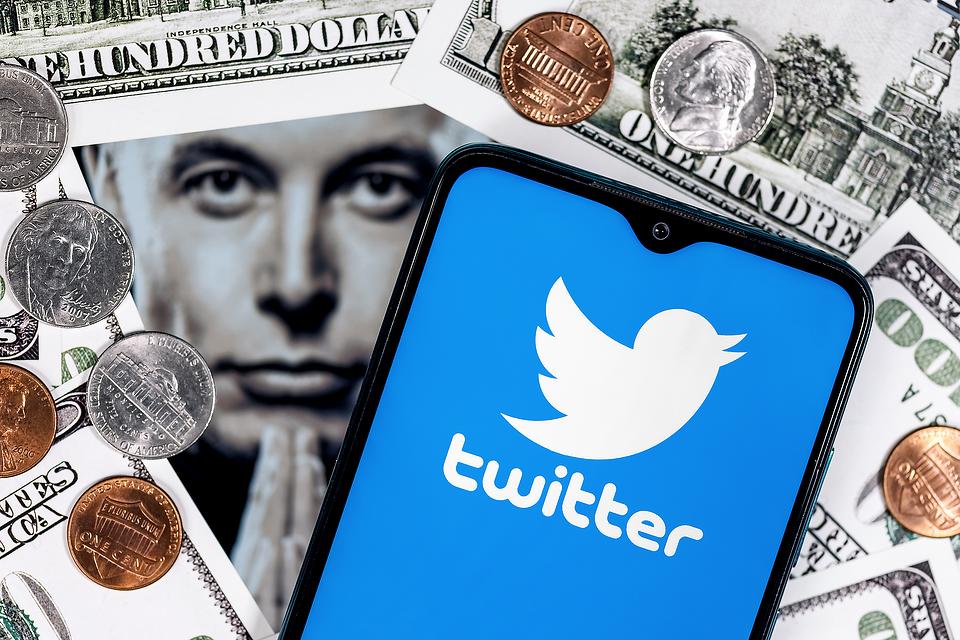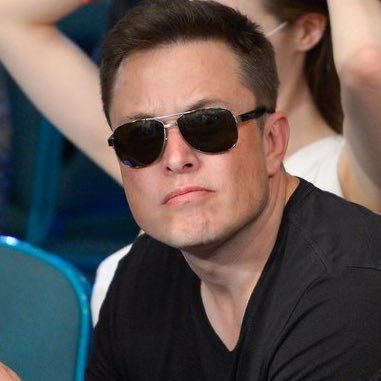On April 25th, Twitter accepted a $44 billion bid from Elon Musk to take over the company. It would mark one of the biggest tech takeovers in history. Musk shared his reasons for making the offer at a Ted conference in April, “Well, I think it’s very important for there to be an inclusive arena for free speech. Twitter has become kind of the de facto town square”. Leading up to the bid, Musk outlined a number of sweeping changes he plans to make to the platform, including removing its reliance on ads, adding an edit button, and changing the content moderation policy. So what are the challenges Musk faces in making his proposed changes? And could his decision to buy the company make it harder to enact these plans? In this post, I will tell you how Elon Musk plans to change Twitter?
Table of Contents
ToggleMusk’s challenges in buying Twitter
Musk’s bid for Twitter started in mid-April when he made an initial offer of 43 billion. The deal means that Musk would buy out shareholders for $54.20 a share, amounting to a $44 billion valuation. But Musk won’t pay that amount out of pocket. Keep in mind that the way Musk is paying for Twitter is he’s taking out a lot of loans. Some of those are backed by his Tesla stock, others are coming from other institutions, and loans have to be paid back.

Furthermore, Musk disclosed that he had secured 46.5 billion in funding before the deal closed. According to a regulatory filing, 25 billion will come from debt to financial institutions like Barclays, Bank of America, and Morgan Stanley. Musk will pay about 20 billion in equity, likely by selling Tesla stock or whittling down his in other companies.
The deal still must go through shareholders and legal processes. But if it is approved, Twitter will become a privately held company that will remove roadblocks from Musk to make changes to the site. If the deal gets completely cleared and he owns Twitter, he pretty much does what he wants. Ultimately, he’s accountable to himself, but he is going to be accountable in a financial sense to the institutions and people who have supported him and backed this.
How many Twitter changes could Musk actually make?
But how many of these changes could Musk actually make? Some are more feasible than others, but all are likely to come with challenges.
- Adding an edit button might sound easy to do but does present technical issues. If somebody tweets out something and two minutes later they decide, oh, maybe I sort of said that differently or not said that and try to change it if somebody saw that in that interim and like captured it that original tweet can still live. And so it’s kind of hard to get around that part of Twitter. Things seem quite simple, but actually they are not.
- Musk may hit the most roadblocks in maintaining the company’s profitability. Ads make up roughly 90% of Twitter’s revenue and removing them could leave the company scrambling for money. Fast, broad changes to the content moderation policy, off the bat, could also scare away advertisers. Furthermore, while Musk is free to make changes to Twitter without much oversight, he’ll still be accountable for the loans he borrowed to make the bid, making it difficult to eliminate the company’s reliance on ads.
He needs the cash flow from Twitter and he’ll probably need more of it. He will need to come up with other ways Twitter can make money. However, it seems that he cannot really afford right now to do away with advertising. He needs to pay for this deal. So I think that’s going to kind of limit how many changes he could make or how drastic he could make them. Neither Musk nor Twitter immediately responded to requests for comment on the potential changes. The deal won’t be fully confirmed until later this year. And users likely won’t see any major changes to Twitter until then.

Well, this was all about how Elon Musk plans to change Twitter and what are the challenges he is facing in buying Twitter. I hope you have found something new in this article. For more articles visit our website and let us know your thoughts about Elon Musk’s plans in the comment sections.

